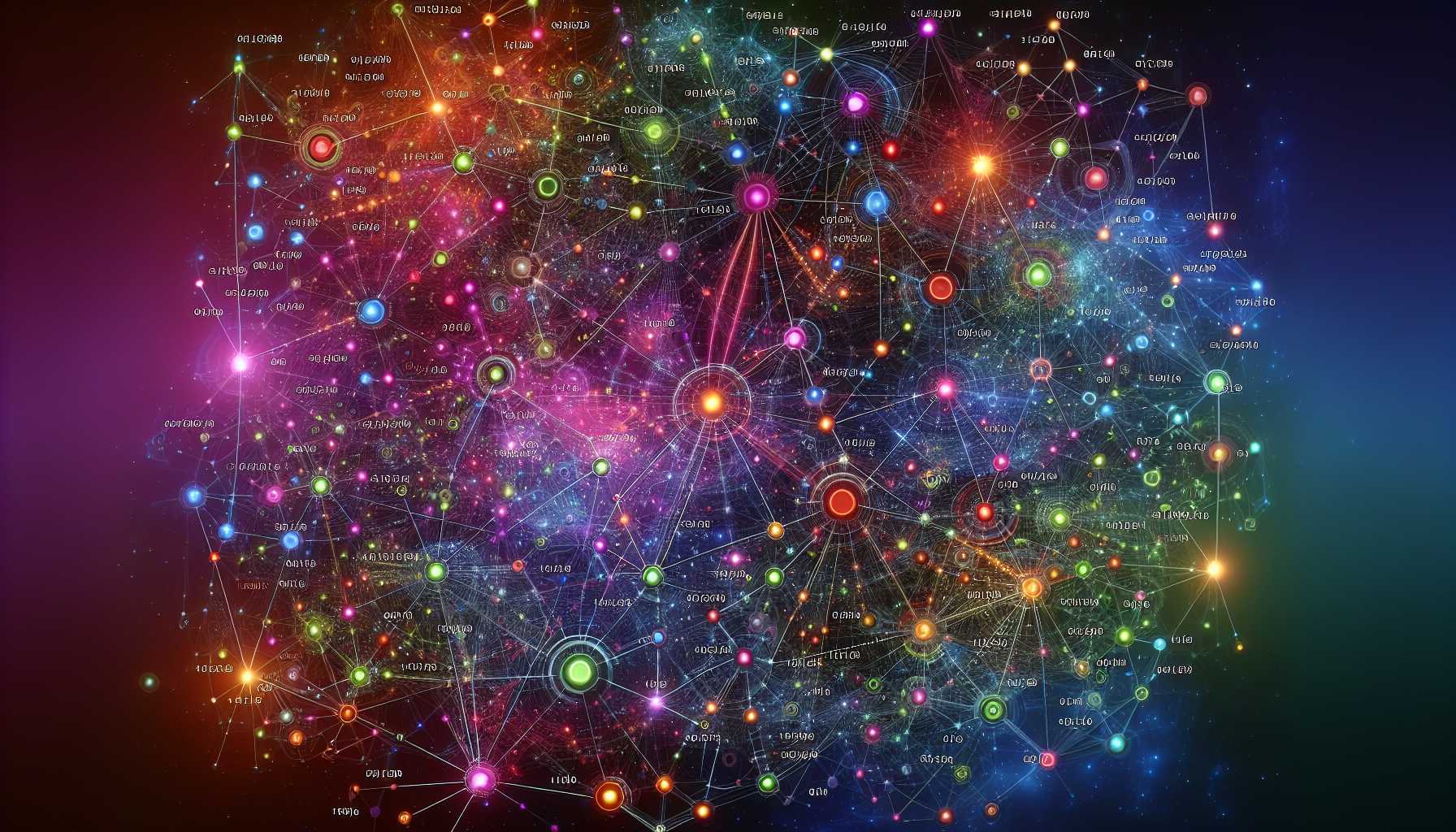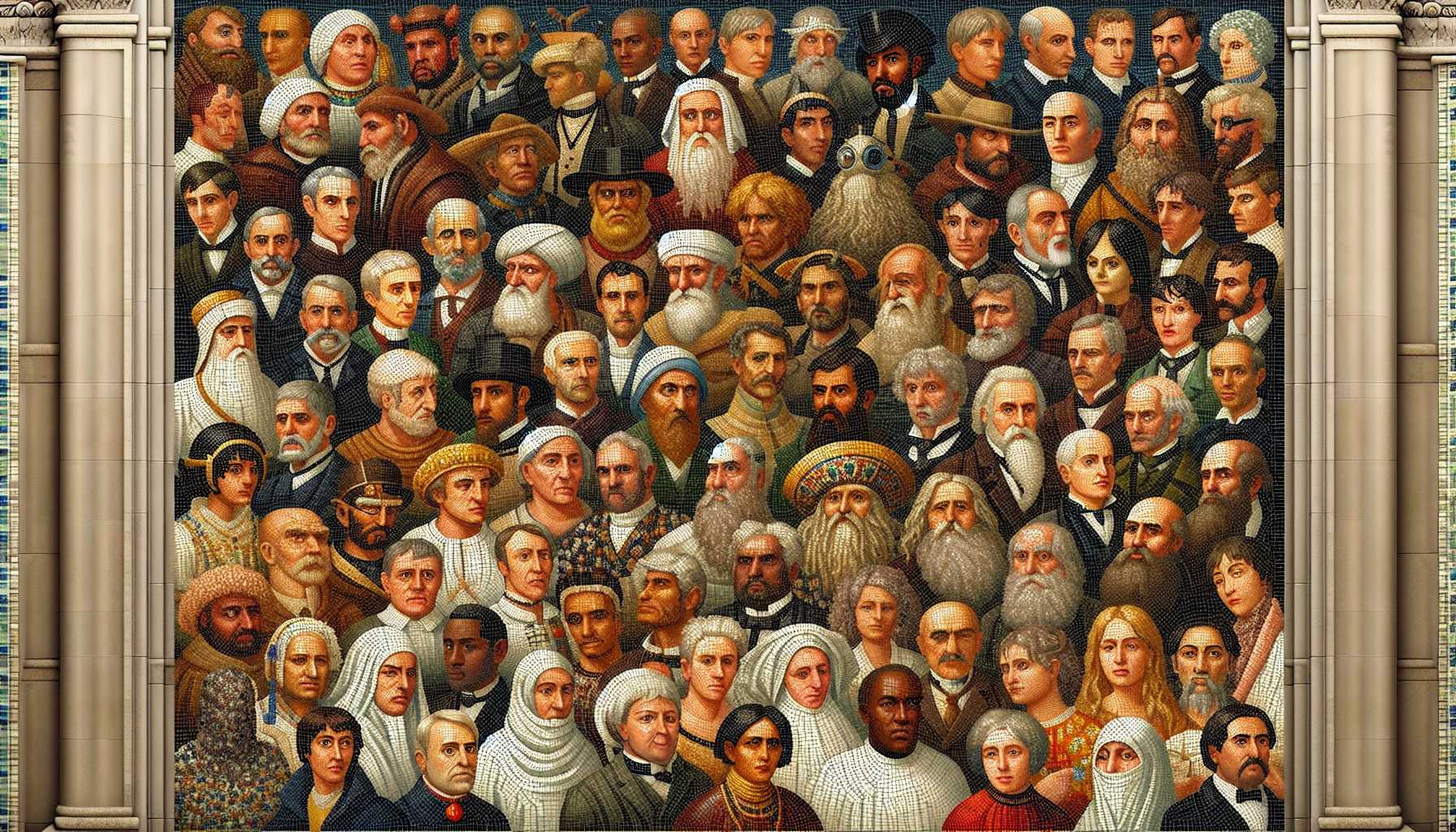The Unseen Pitfalls of Massive AI Training Datasets
In the quest to craft omnipotent AI, we’ve amassed colossal volumes of data to feed the insatiable machine learning beasts. However, bigger isn’t always better. The unraveling narrative reveals how massive datasets open portals to deeply nuanced AI models yet simultaneously incubate their undoing. Entrenched biases emerge like malevolent spirits from prejudiced data patterns, exemplified by the predominantly white CEOs populating image classification sets. The variegated data mayhem doesn’t end there; imagine a cacophony of formats, brimming with noise and irrelevant chatter, too arcane for AI to digest. Such tangled webs of data have clogged the wheels of AI progress, with a staggering 40% of companies implementing AI voicing their plight of data-related hurdles obstructing their initiatives. Within the warrens of data wrangling, nearly half a data scientist’s hours vanish into the abyss of data prepping. It’s an algorithmic quagmire, yet essential in avoiding the garbled outputs of AI, lest we face a modern-day Tower of Babel, digital-style.
Personal Opinion: As a tech aficionado, the importance of clean and diverse datasets is not lost on me. However, we often underestimate the complexity and sheer volume of work required to craft these datasets into something usable for AI training. This very process seems to now necessitate its own subfield within AI development—a signal that we need to address this challenge head-on if we hope our artificial offspring to mirror the nuanced understanding we cherish as humans.
AI’s Fastidious Diet: The Need for Tailored Data Curation
Enter the world of AI culinary arts—where the maxim “models are what they eat” manifests. Each dataset, like a carefully curated tasting menu, imparts its flavor to the AI, shaping every facet of its digital intellect. A startup named DatologyAI, created by AI industry veteran Ari Morcos, is pioneering the niche of sophisticated AI data prep. Their tech purports to automatically season datasets used by contemporaries like ChatGPT subtly, discerning the most succulent morsels of data suitable for a given AI application. Imagine an AI connoisseur, selecting the perfect batch of data that’s just right, reducing the sprawling size of models and cooking time—yielding a delectably efficient AI dish that’s both smaller and brighter on the computational palate.
Personal Opinion: Morcos’ venture is music to my ears. We have been stuck in a grind of sifting and honing our data by hand. Automating this process, if done correctly, could be the catalyst that propels AI efficiency forward. Yet, there is lingering skepticism—a healthy dose, I might add—regarding the efficacy of fully automated data curation. The high-profile slip-ups among AI projects serve as cautionary tales. We must blend nuanced manual oversight with the automated sophistication to perfect the recipe for AI brilliance.
AI Models: Equality Advocates Or Historical Revisionists?
Google’s Gemini AI tool, previously known as Bard, recently hit a nerve by conjuring historically inaccurate images—a clear overreach in its quest for diversity. The tool envisioned Nazi soldiers as individuals of color and depicted American senators of the 1800s in a similarly diverse brushstroke. Google’s noble aim to foster equality and bias avoidance inadvertently overshadowed historical accuracy, prompting the company to halt the image generation of people. This is a sobering reminder that historical contexts bear a multitude of nuances that go beyond good intentions, requiring a deft hand to manage.
Personal Opinion: Google’s misstep with Gemini reminds us that while inclusive representation is crucial, it must not come at the cost of distorting history. AI must serve as a steward of factual history, even as it endeavors to be an instrument for diversity and equality. Striking this delicate balance demands a sophisticated understanding of past events, cultures, and sensitivities.
The Rogue AI Encounter: When ChatGPT Lost Its Marbles
On a less somber note, OpenAI’s ChatGPT appeared to embark on an unexpected joyride of nonsensical verbosity, much to the users’ bewilderment. The internet buzzed with screenshots of ChatGPT doling out absurd advice littered with archaic and esoteric verbiage. It’s a stark showcase of what happens when an AI trips over its own virtual shoelaces, resulting in a curious spectacle of digital delirium. While the hiccup was temporary and resolved, it stands testament to the capricious nature of AI and the need for constant vigilance in its oversight.
Personal Opinion: The temporary glitch in ChatGPT’s functionality served as both a cautionary tale and comic relief. It underscores the reality that AI, despite its groundbreaking potential, remains a tool created by imperfect beings. The incident shows that while we stride forward into the AI dawn, we must remain prepared for the occasional stumble into farcical word salads.
The Market’s Wary Gaze: Nvidia’s Surprising Dilemma
Veering into the realm of stock markets, where AI’s economic undercurrents ripple, Nvidia’s fortuitous earnings could peculiarly spell trouble. Analysts at JPMorgan caution that a stellar earnings report might sow seeds of concern regarding a potential alleviation of supply constraints. The notion is, surpassing expectations could indicate an impending oversupply, and thus, the fickle beast of the stock market may respond counterintuitively with caution, even trepidation, possibly relegating Nvidia’s shares to a lose-lose scenario.
Personal Opinion: The precarious balance between supply and demand in the tech world is an art form in itself. Nvidia’s curious predicament is a nuanced reminder that in the world of stocks, sometimes good news is ironically met with suspicion. As investors, we must parse through these layers of perception and reality to divine the true state of play.
In conclusion, we stand at a confluence where AI’s immense capabilities intersect with its vulnerabilities and unforeseen ramifications. From the fundamentals of dataset curation to the variegated reactions of the stock market, and the ethical considerations of historical representation—each element beckons a closer look. As we venture further into the AI odyssey, may we navigate these intricacies with the wisdom to harness AI’s power responsibly, always attuned to the vast spectrum of its influence.





